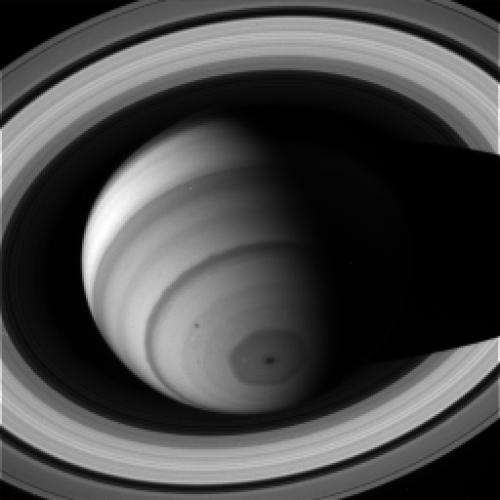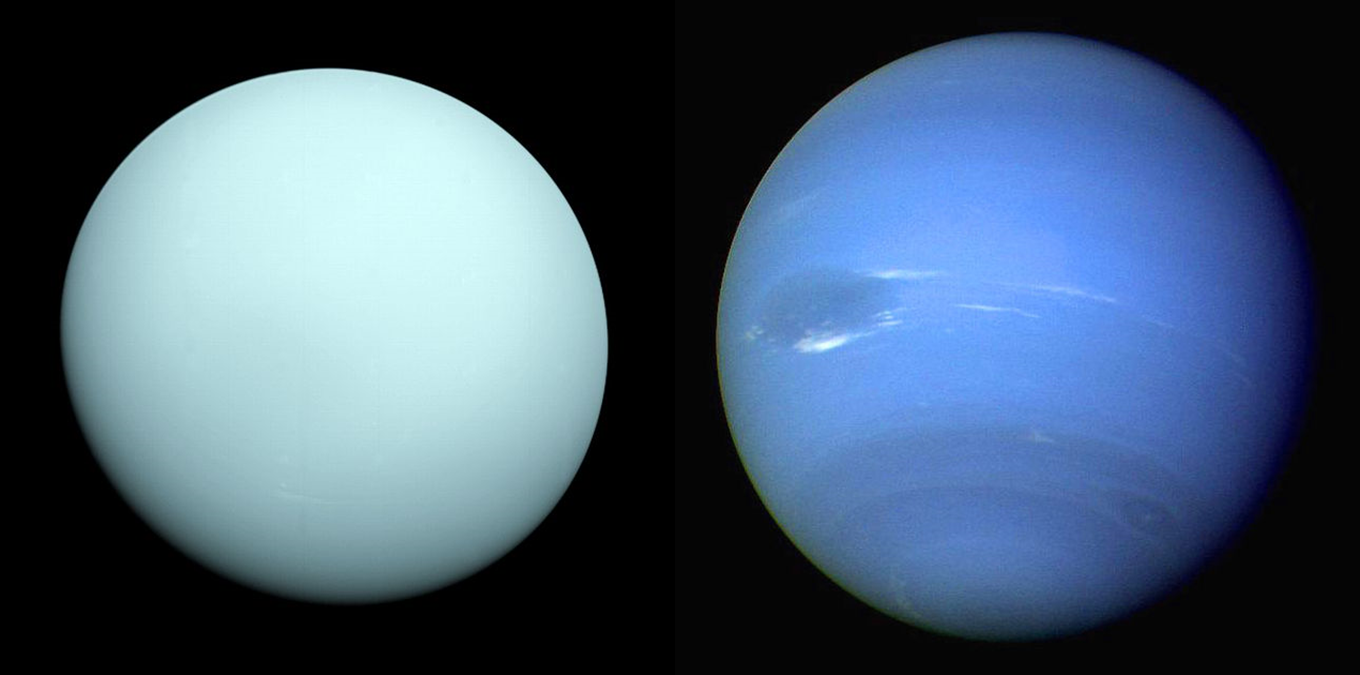
"The gravitational field of the intervening star acts like a lens," Horne explained. To understand how microlensing works, imagine a situation in which a star is positioned behind another star as viewed from Earth's line of sight.Īs light from the background star travels past the foreground star on its way to us, it will get distorted, or bent, by the intervening star's gravity. Instead of trying to catch planets as they pass in front of their stars, Kepler would try to find alien worlds by looking for "microlensing events"-instances in which a planet subtly warps passing starlight by its gravity. One of those ideas, submitted in a white paper by Gould and Horne, proposes that Kepler's instruments be repurposed to find alien worlds using an alternative method. (Also see "Q&A: The Future of the Kepler Spacecraft.") At the same time, the space agency also began soliciting ideas from scientists for alternative "two-wheel" experiments for Kepler.

In August, NASA announced it was ending attempts to restore the reaction wheels and declared an end to Kepler's original mission. Despite repeated attempts by NASA to reactivate them, the wheels remain unresponsive.
#KEPLER GLIMPSES PLANETS PATCH#
The transit technique requires very high precision, however, and Kepler relied on four gyroscopic reaction wheels to keep it accurately pointed at a patch of sky in the direction of the constellations Cygnus and Lyra.īut in July 2012, and then again in May 2013, Kepler lost the functionality of first one and then two reaction wheels. Kepler has used this so-called transit technique to great effect: During four years of operation, it discovered 134 exoplanets and more than 3,000 planet candidates. Kepler was initially designed to find exoplanets by scanning for the faint dimming of starlight that happens when a planet passes in front of, or "transits," its parent star, as seen from Earth. "But in principle, Kepler would be capable of that." "This is a very exotic type of planet, and we would have to be very lucky to pick up an object like that," Horne said. Moreover, there's a small chance that by using their method, Kepler could confirm the existence of one of the most bizarre planetary systems ever dreamed up by astronomers: worlds that circle black holes.

Horne and his colleague Andy Gould of Ohio State University say that by using a technique called gravitational microlensing, Kepler could spot cool, massive planets that are a different breed from the "hot Jupiters" the spacecraft has been so good at finding in the past. and a co-author of a new paper outlining the alternative Kepler mission. This is a reuse, a repurposing, of Kepler," said Keith Horne, an astronomer at the University of St. "Kepler was not designed for this at all. (Related: "Kepler Spacecraft Disabled 'Exciting Discoveries' Still to Come.")

But it could be repurposed to spot planets by studying the gravitationally warped light of distant stars, scientists say. Kepler's planet-hunting days may not be over just yet.Ī technical failure in May left the NASA spacecraft, launched in 2009 to search for exoplanets, or planets outside our solar system, permanently crippled.


 0 kommentar(er)
0 kommentar(er)
